site search
online catalog
SCARCE CIVIL WAR GREENE BOLT ACTION INFANTRY RIFLE

Hover to zoom

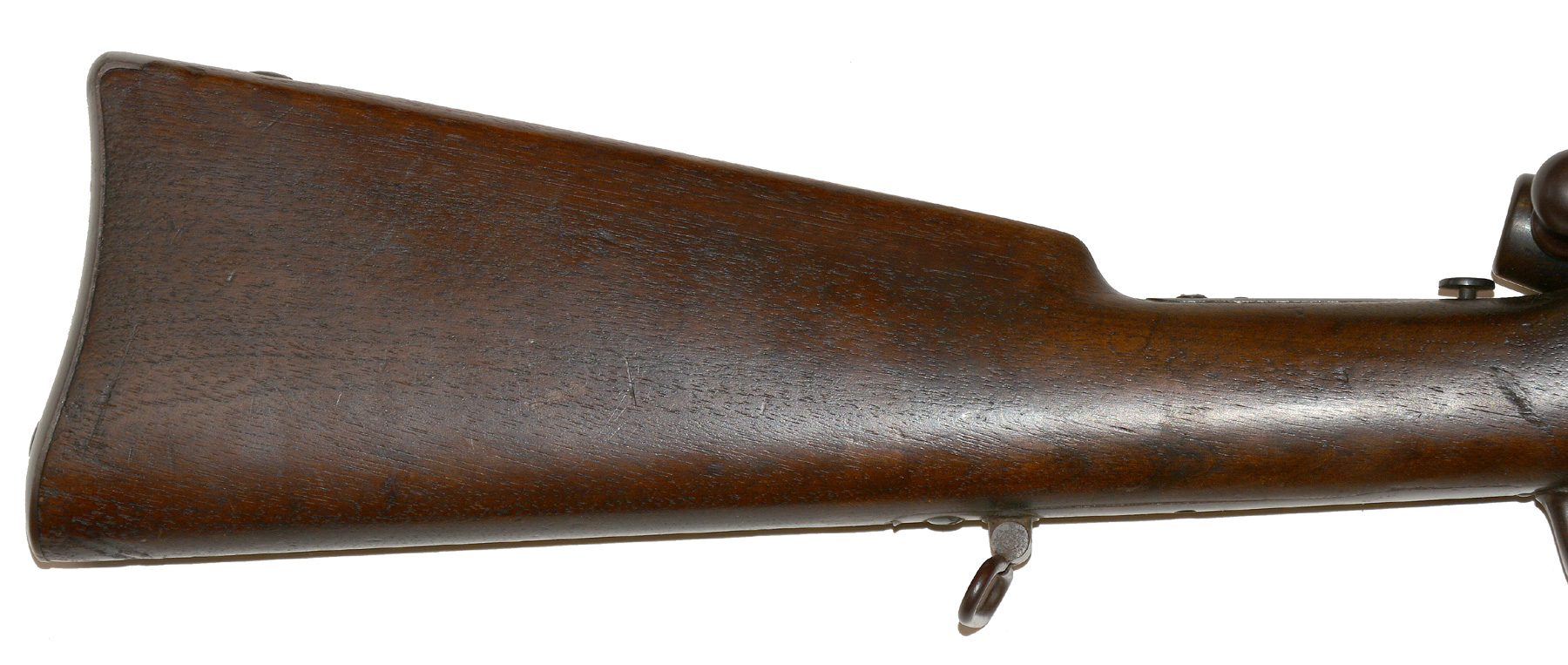


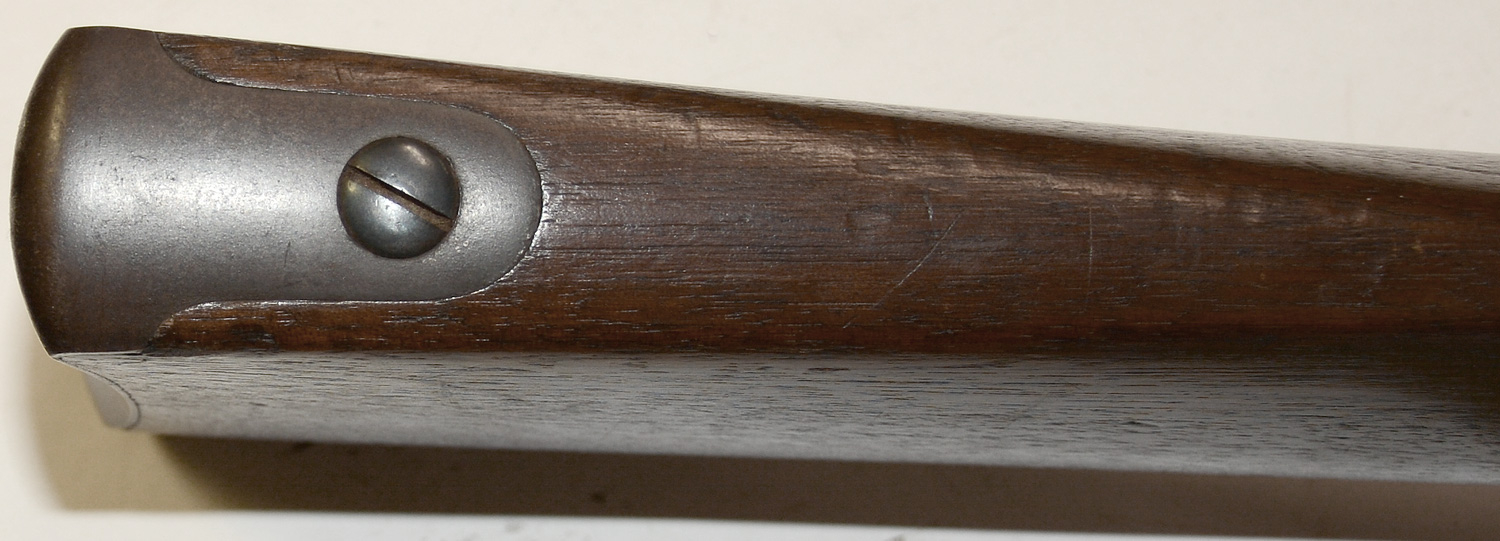

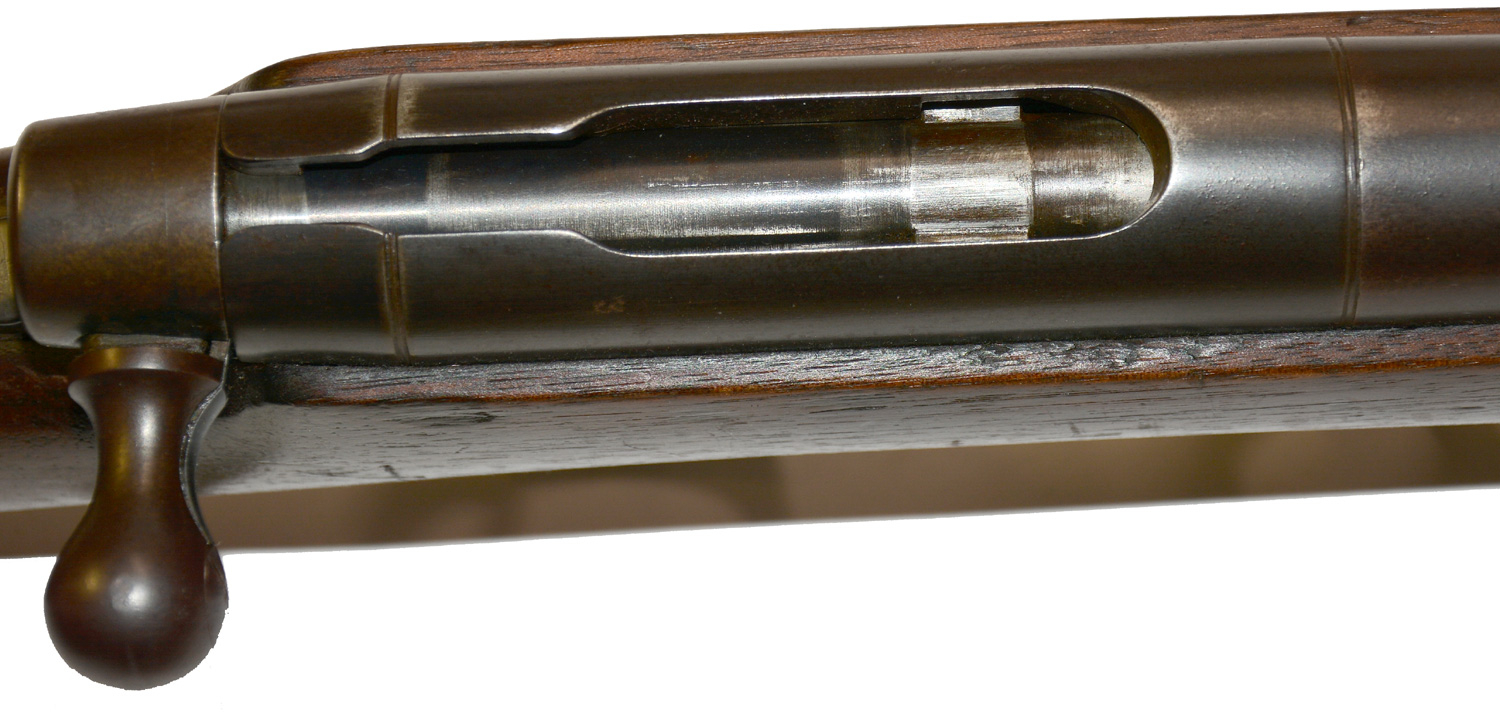
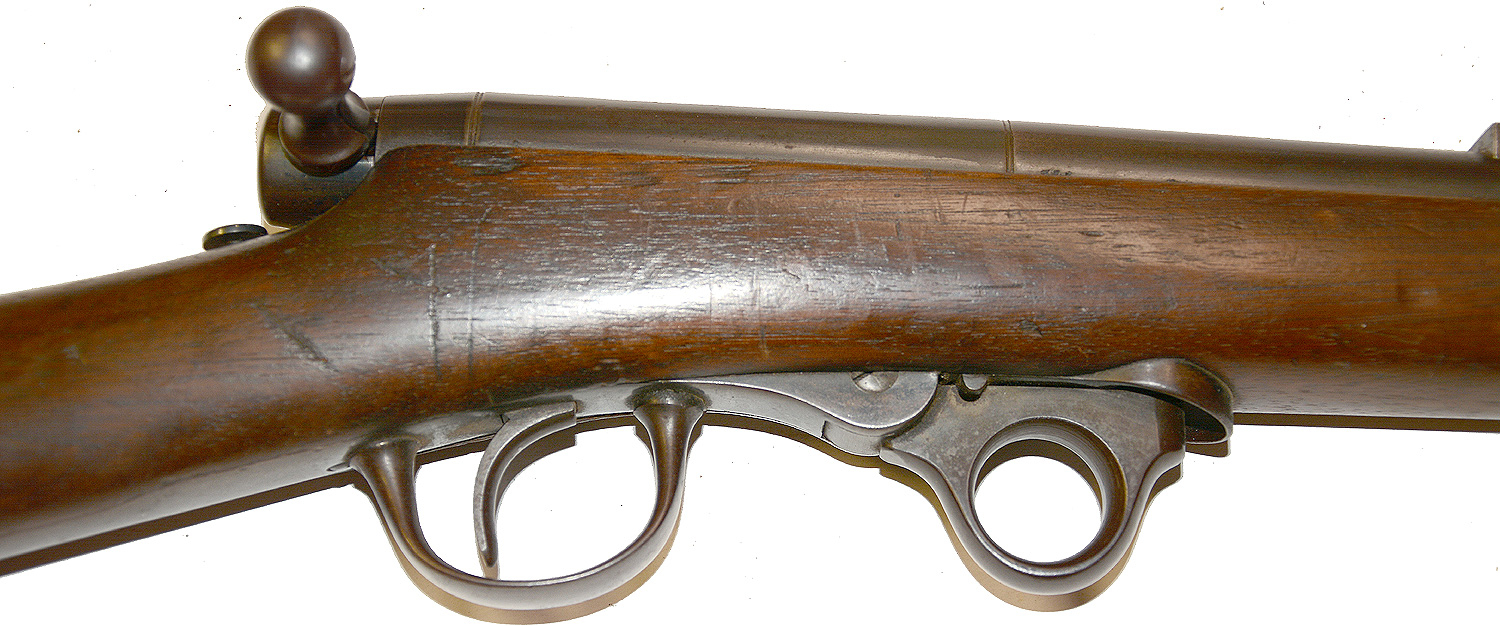

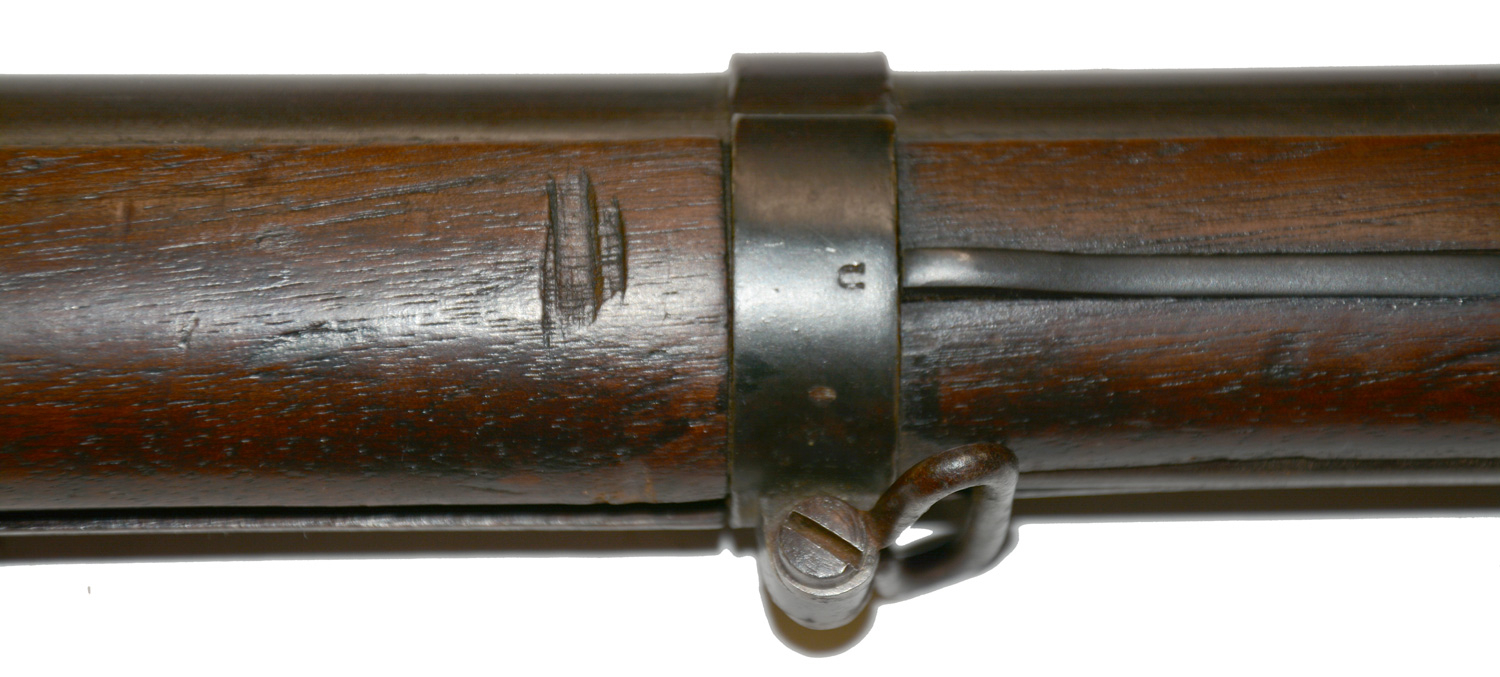
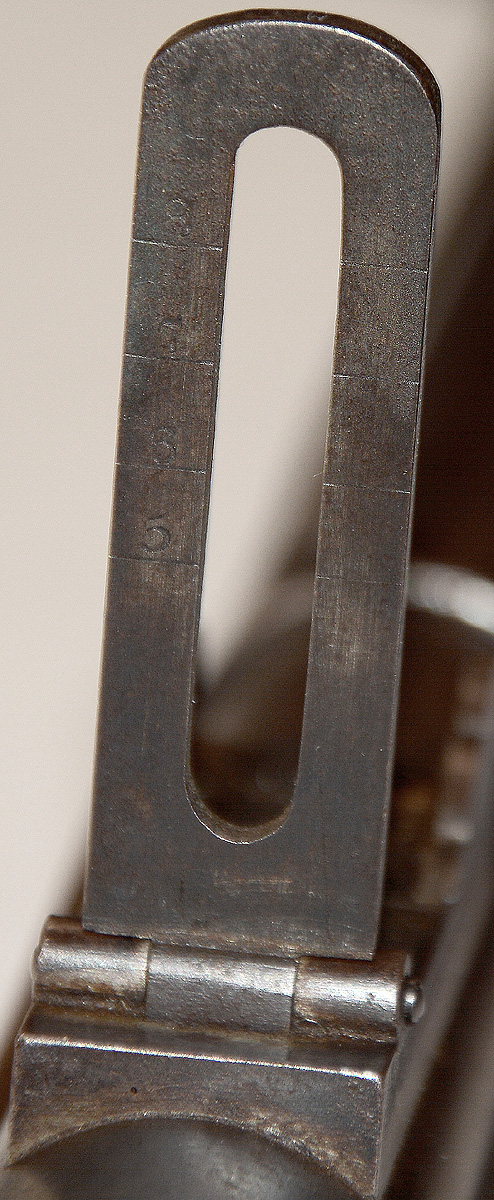
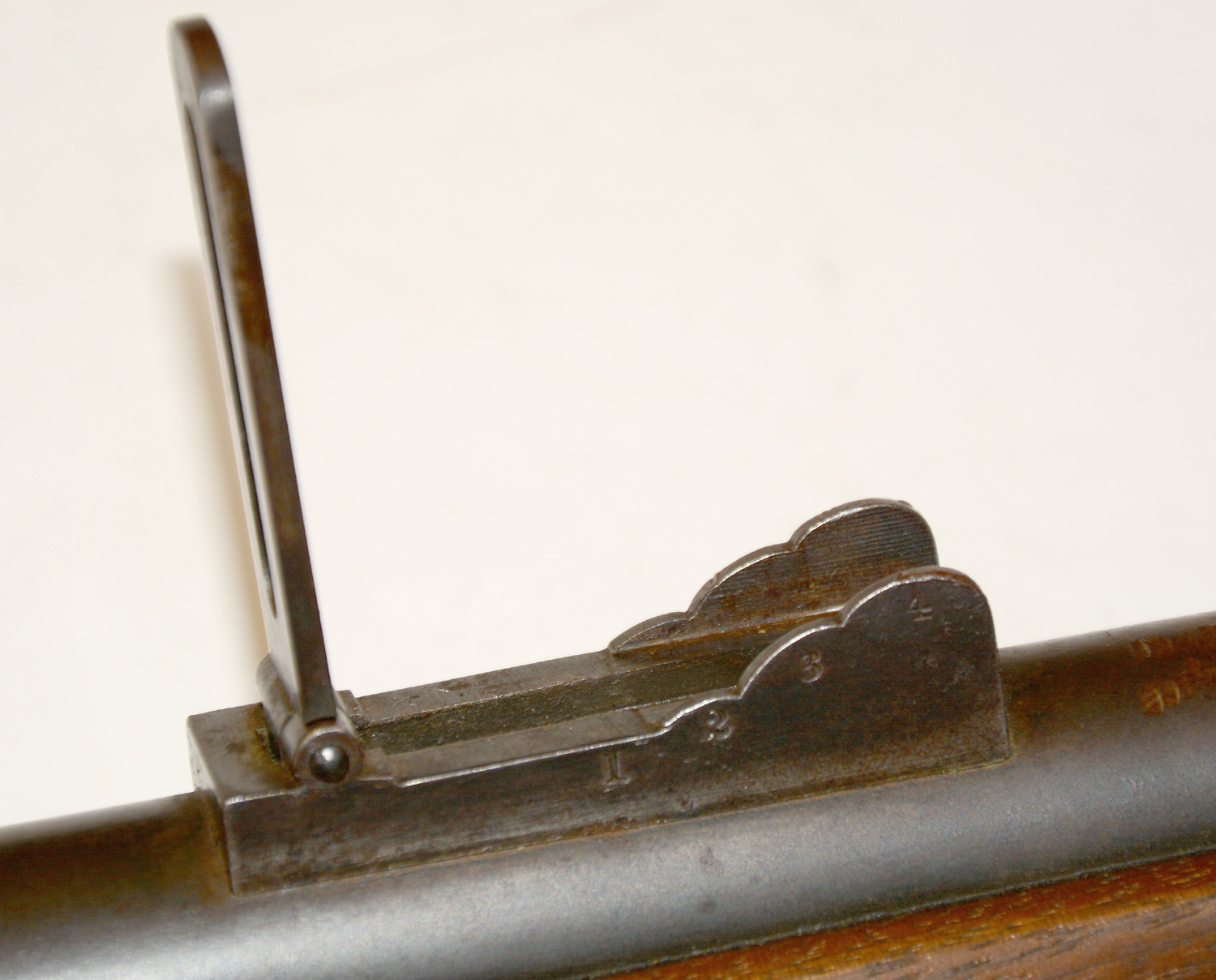

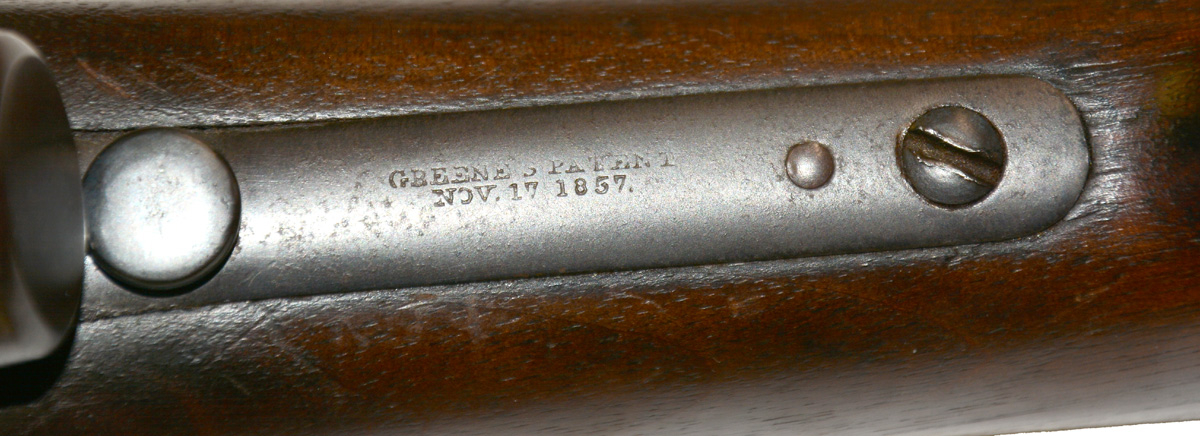
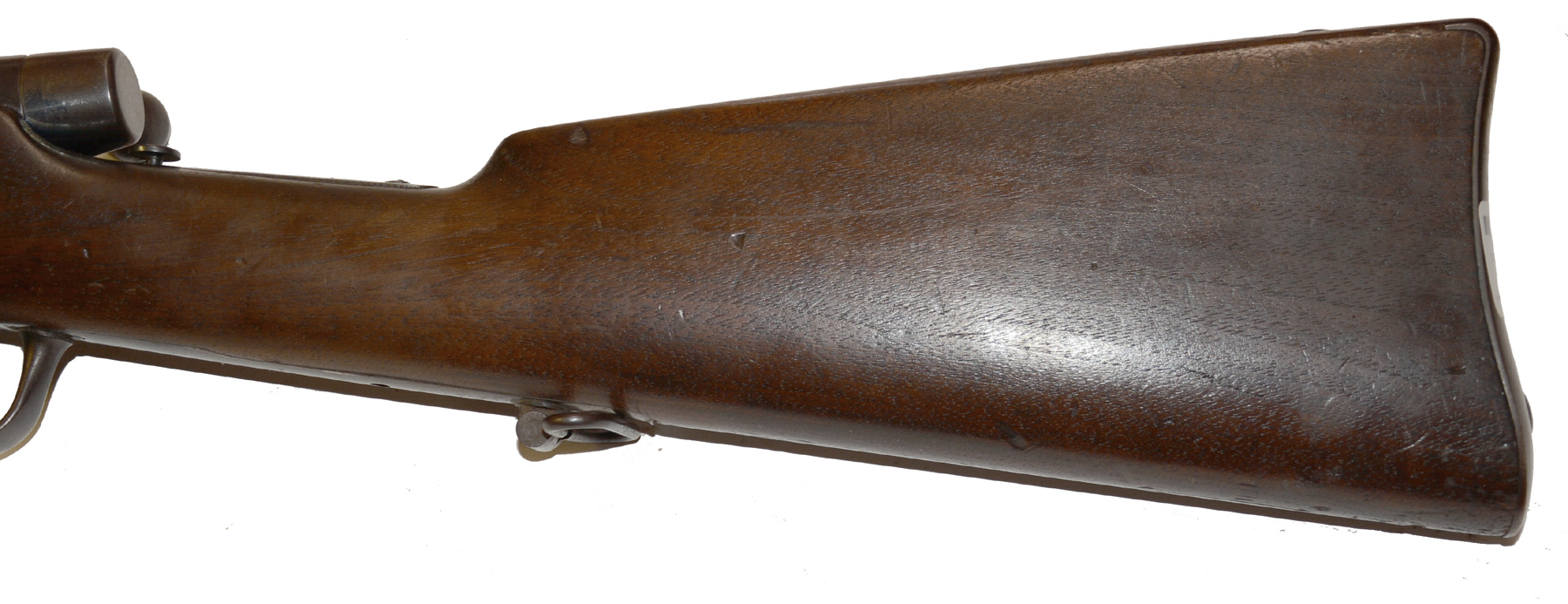


$2,900.00 SOLD
Quantity Available: None
Item Code: 172-5747
This is a very good example of the scarce, cleverly designed, .53 caliber Greene bolt-action breechloading infantry rifle. The rifle is all original and complete with the exception of the elevation bar on the rear sight leaf and (always) missing tools from the butt compartment. The metal is a plum brown overall with some faint casehardening on the hammer, and thin blue on sight leaf, underside of the triggerguard, etc. The tang markings are slightly rubbed at top right, but fully legible: “Greene’s Patent / Nov. 17 1857.” The metal shows a few dings to the top of the barrel just fore and aft of the lower band, light freckling to the tang, and the tang screw slot with signs of turning. The wood has good edges and a good fit to the metal. It does show some vertical scratches on the right wrist, forward, between the trigger and bolt, a short gouge on the right just behind the middle band. Otherwise only minor handling marks. The correct cleaning rod/rammer is in place, as are the swivels, bands and springs. The tool compartment in the buttstock, accessed through a trap in the buttplate, is empty. The mechanics are good.
Greene had some success with his swivel breech carbine, patented in 1854, selling 2,000 to the British government and 300 to the U.S. government. In 1857 he patented this bolt action breechloading system and unique cartridge. The latter was integral to the design, placing the powder on top of the bullet, which then acted as a gas seal against the bolt. This required firing an initial blank round or inserting a ball without powder before the first complete round was inserted. After firing that round, the user pushed forward a plunger mounted inside the bolt to advance the bullet from the base of the chamber and then drew back the bolt and plunger to insert the next round. The lock was still a percussion lock, but with an underhammer design, which was an innovation for military arms like the bolt action, but rather a step backwards in its ability to snag clothing or have the percussion cap fall off the nipple. The “mechanical” rifling was also innovative, though not of Greene’s design, using a twisting oval bore produced on machinery purchased from Charles Lancaster in London.
Greene initially thought of it as another carbine, but the U.S. government would only commit to 300, which Greene turned down as cost-prohibitive, but got a contract from Russia for 3,000 infantry rifles and from Egypt for another 350 and went into production, which is estimated to have reached about 4,500. How many of the Russian and Egyptian contract arms were actually exported is unknown. The U.S. government purchased only 900 in early 1863 after initial tests in mid-1862 were unfavorable. Greene’s persistence helped, as perhaps did his June 1861 commission as lieutenant colonel in the regular army. The rifles apparently remained in storage for thirty years, however, and neither naval or cavalry officers thought it suitable for purchase or contract.
There is evidence, however, that some Greene rifles did see field use. Greene bullets reportedly have been recovered on the Antietam battlefield. The suspicion is that they were there in the hands of a Massachusetts unit: McAulay says that some Greene rifles were sold through the Boston firm of William Reed & Son, likely making their way into the hands of militia companies. Greene had served as a captain in the Cambridge City Guard and a field officer in the 4th and 5th Massachusetts Volunteer Militia before moving into the regular army. These connections may have helped, but there was certainly a pressing need for arms at the war’s beginning. We see no inspector marks on the rifle, indicating it was likely not one of the 900 that remained in government storage.
These rifles are very streamlined in profile, giving them a very advanced look and they are another example of Victorian engineering that adds to their historical interest. This would make a very unusual addition to a collection of U.S. martial or Civil War arms. [sr] [ph:L]
DISCLAIMER: All firearms are sold as collector's items only - we do not accept responsibility as to the shooting safety or reliability of any antique firearm. All firearms are described as accurately as possible, given the restraints of a catalog listing length. We want satisfied customers & often "under" describe the weapons. Any city or state regulations regarding owning antique firearms are the responsibility of the purchaser. All firearms are "mechanically perfect" unless noted, but again, are NOT warranted as safe to fire.
~~~~~~~~~~~~~~~~~~~~~~~~~~~~~~~~~~~
THIS ITEM, AS WITH ALL OTHER ITEMS AVAILABLE ON OUR WEB SITE,
MAY BE PURCHASED THROUGH OUR LAYAWAY PROGRAM.
FOR OUR POLICIES AND TERMS,
CLICK ON ‘CONTACT US’ AT THE TOP OF ANY PAGE ON THE SITE,
THEN ON ‘LAYAWAY POLICY’.
THANK YOU!
Inquire About SCARCE CIVIL WAR GREENE BOLT ACTION INFANTRY RIFLE
Most Popular
Historical Firearms Stolen From The National Civil War Museum In Harrisburg, Pa »
Theft From Gravesite Of Gen. John Reynolds »
Selection Of Unframed Prints By Don Troiani »
Fine Condition Brass Infantry Bugle Insignia »
Large English Bowie Knife With Sheath 1870’S – 1880’S »
Imported (Clauberg) Us Model 1860 Light Cavalry Officer's Saber »
featured item
CAPTURED CONFEDERATE SECOND NATIONAL FLAG, UNUSUAL VARIATION WITH MADAUS LETTER, FROM A SOLDIER IN THE 59th NEW YORK
This 2nd National Confederate Flag was purchased in the 1980s by a well-respected Florida dealer/collector directly from descendants of the Union soldier who had kept it as a trophy. It comes with a 1988 letter on Milwaukee Public Museum letterhead… (1179-019). Learn More »


